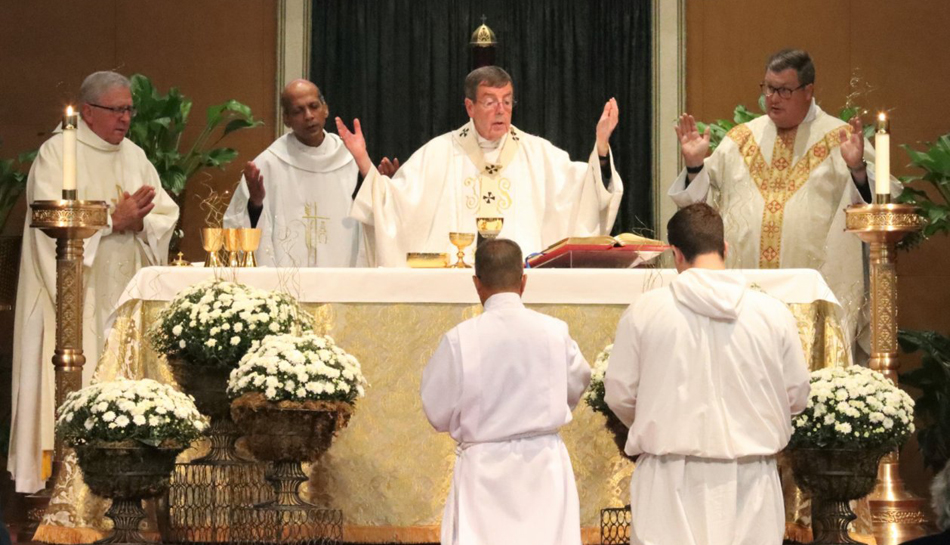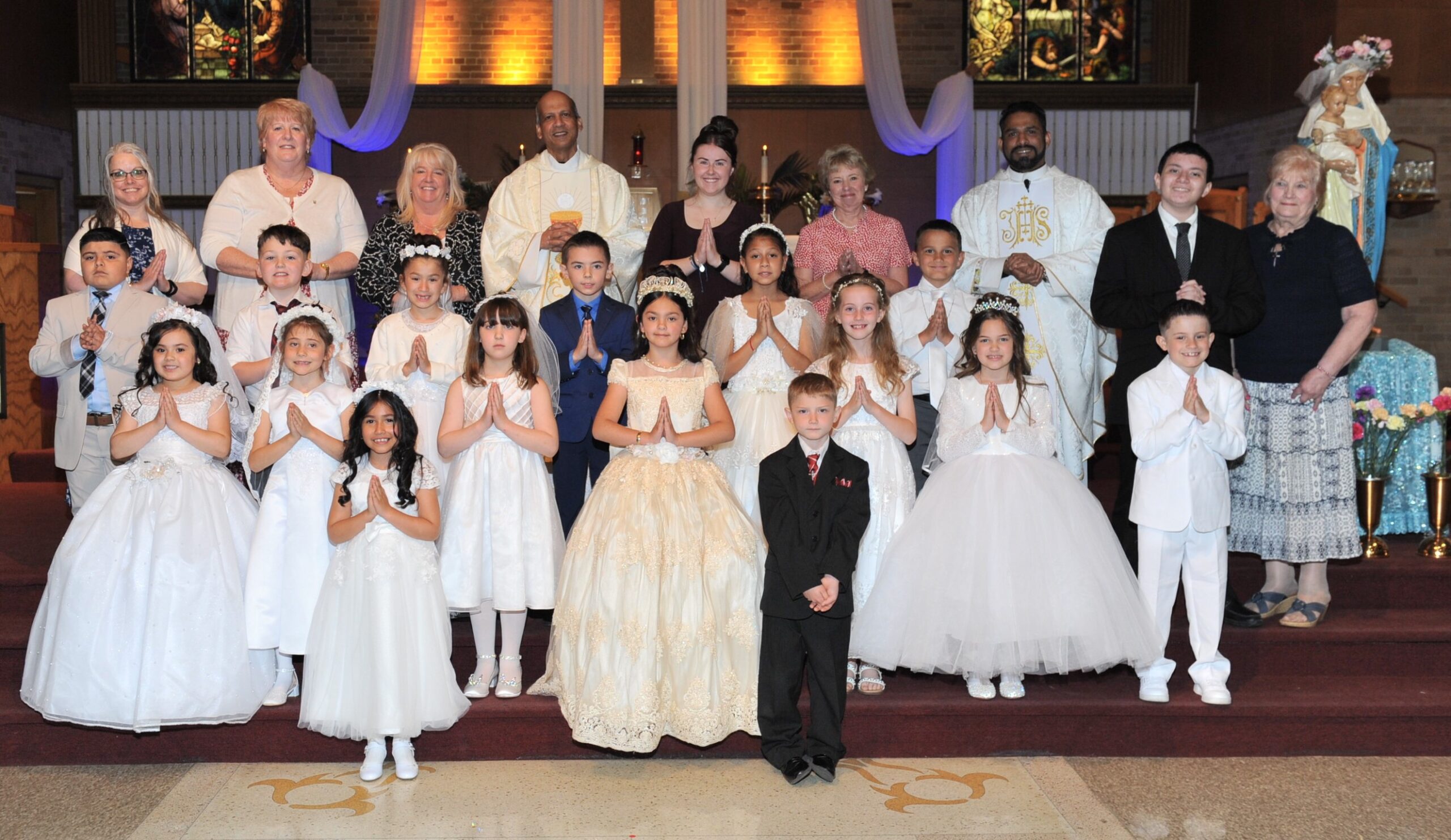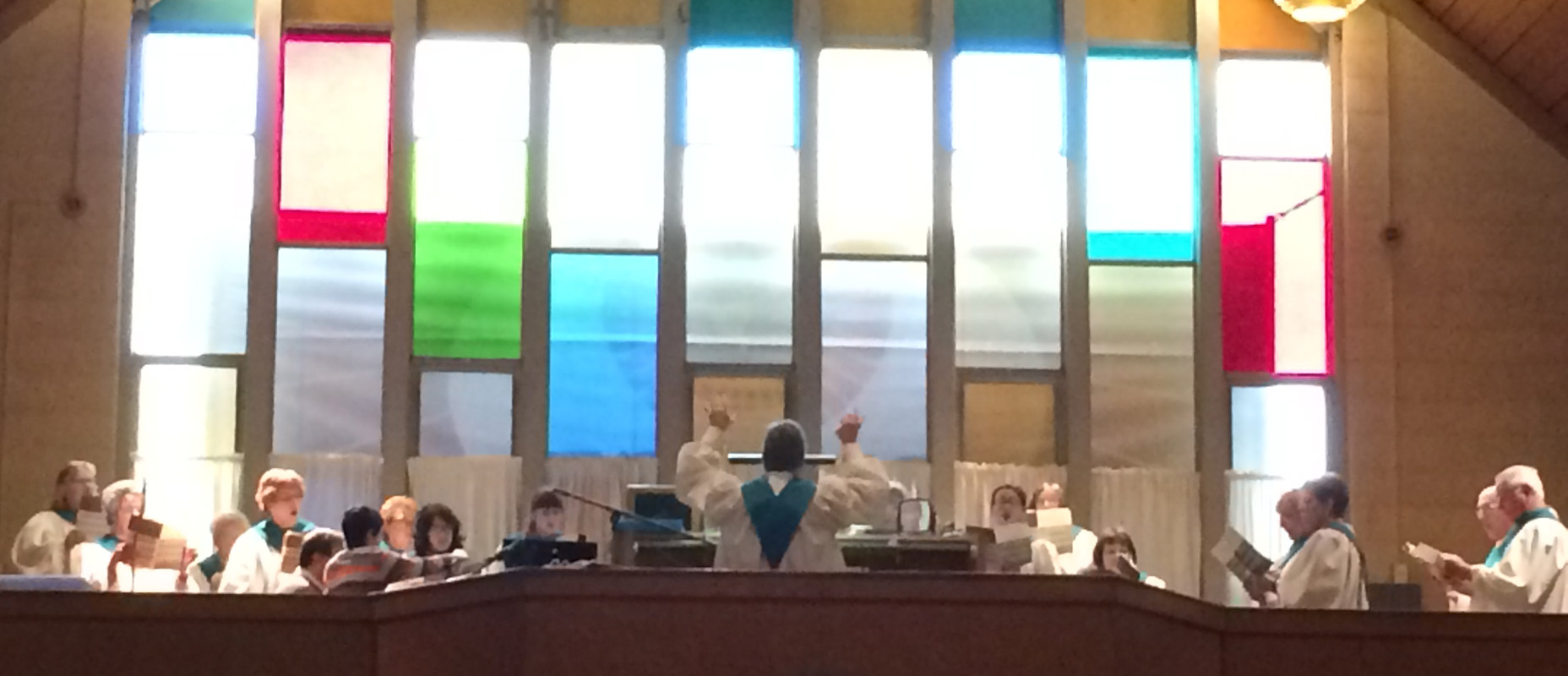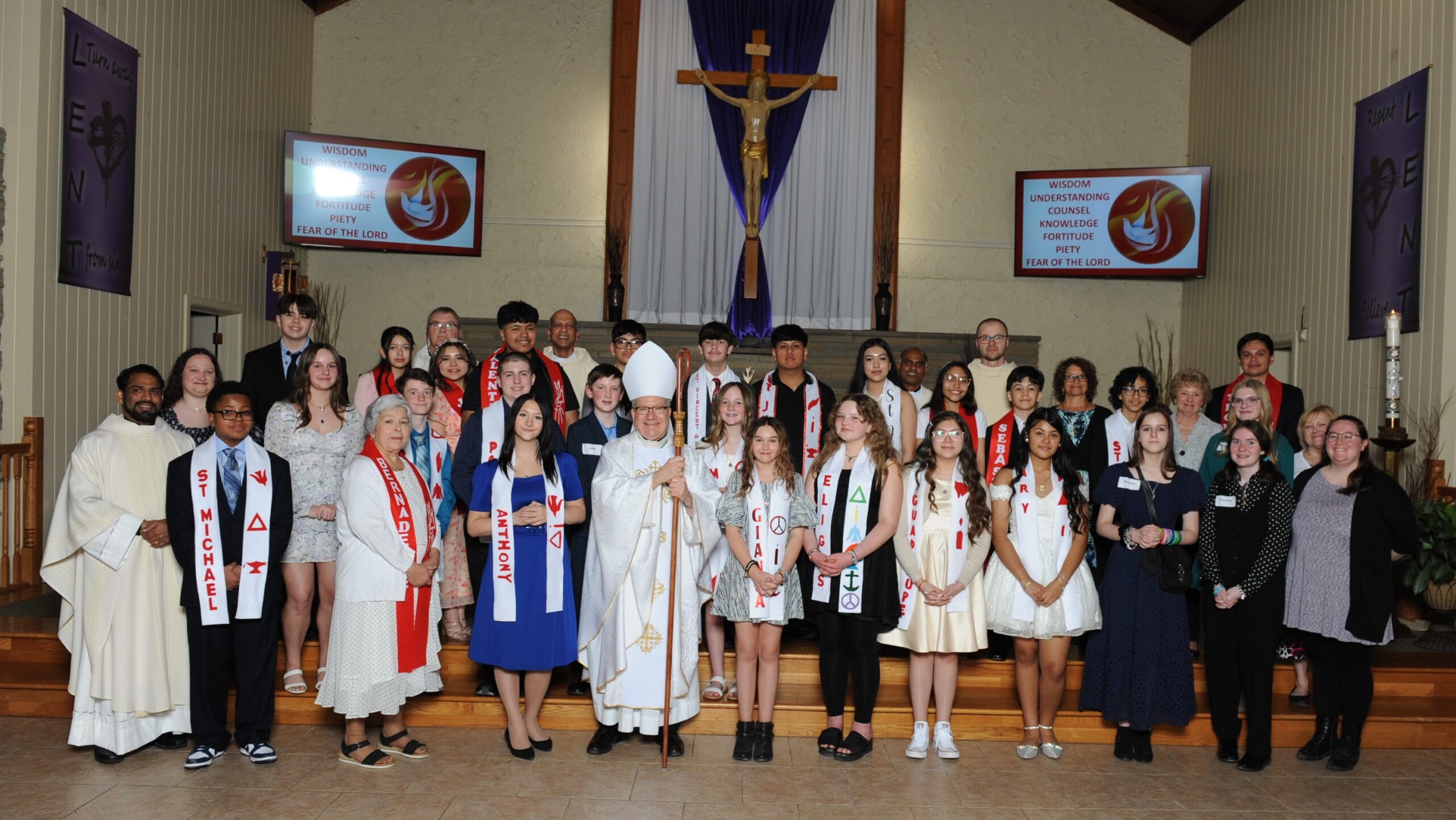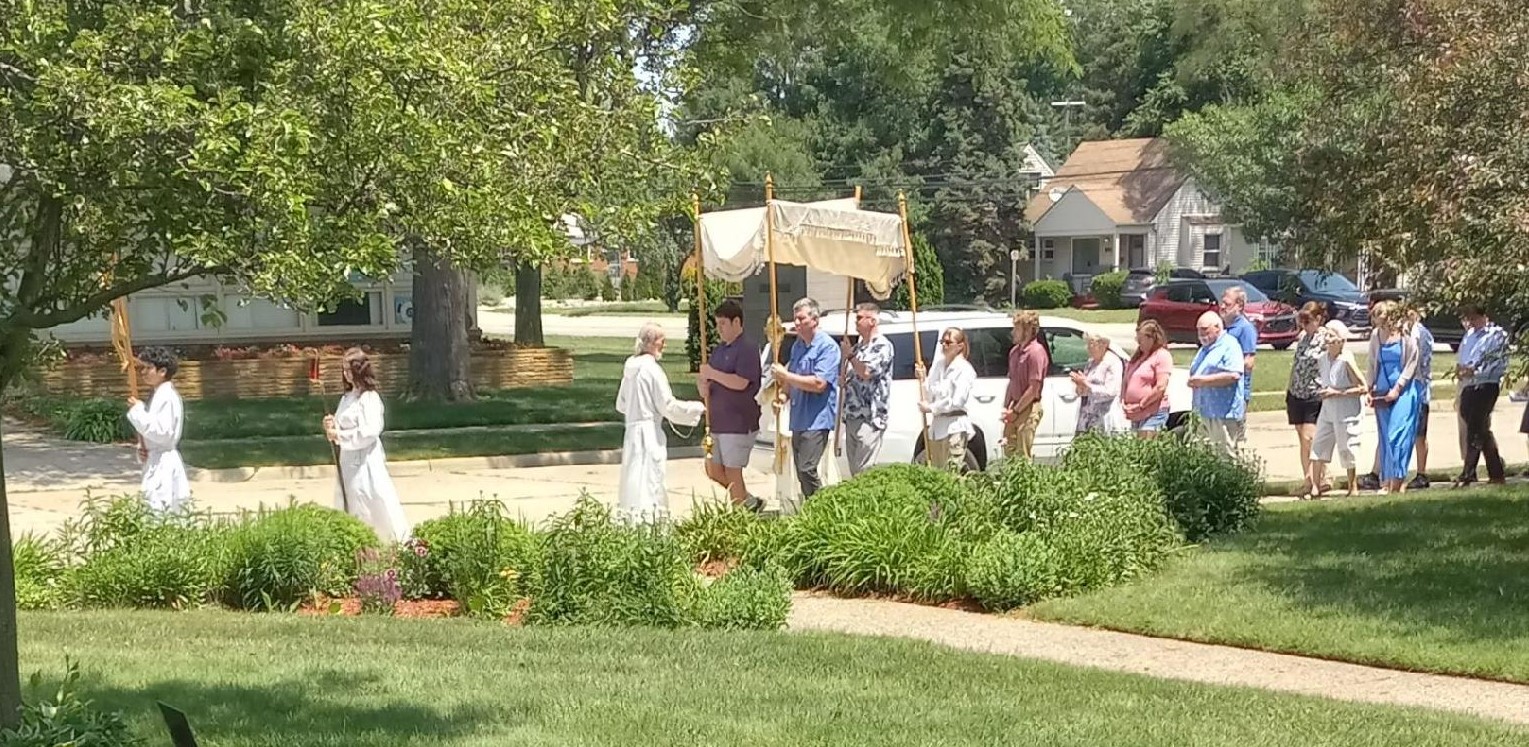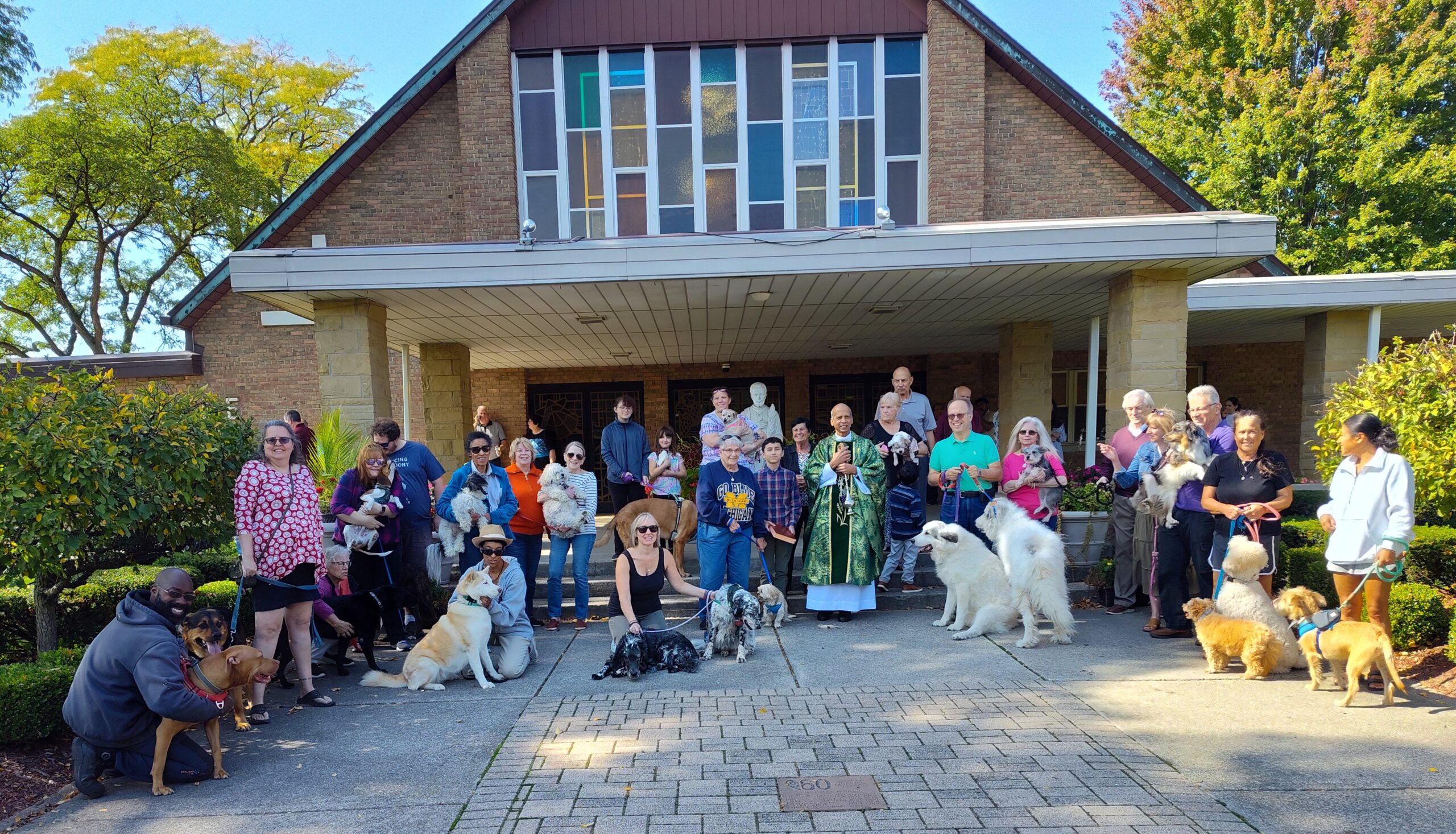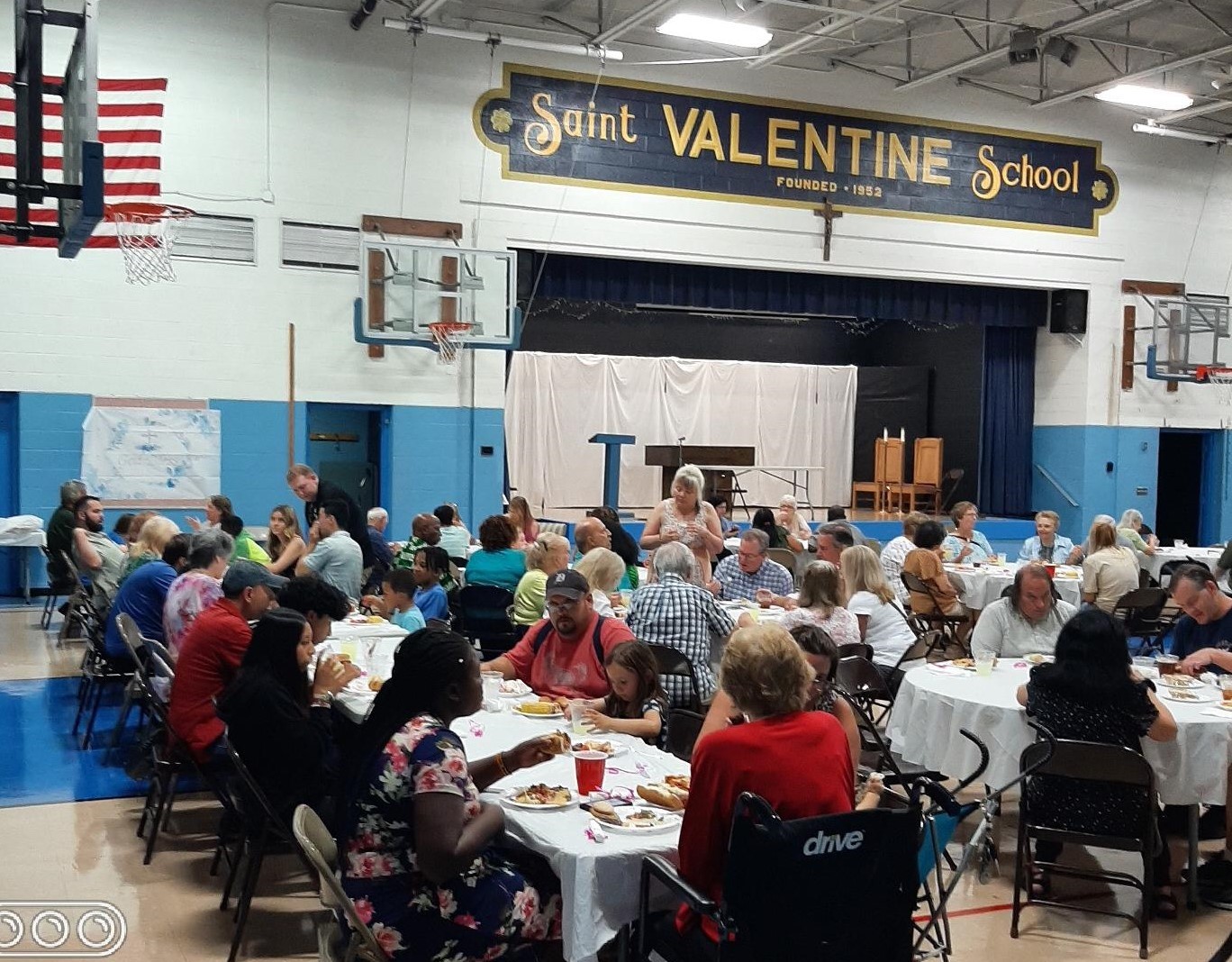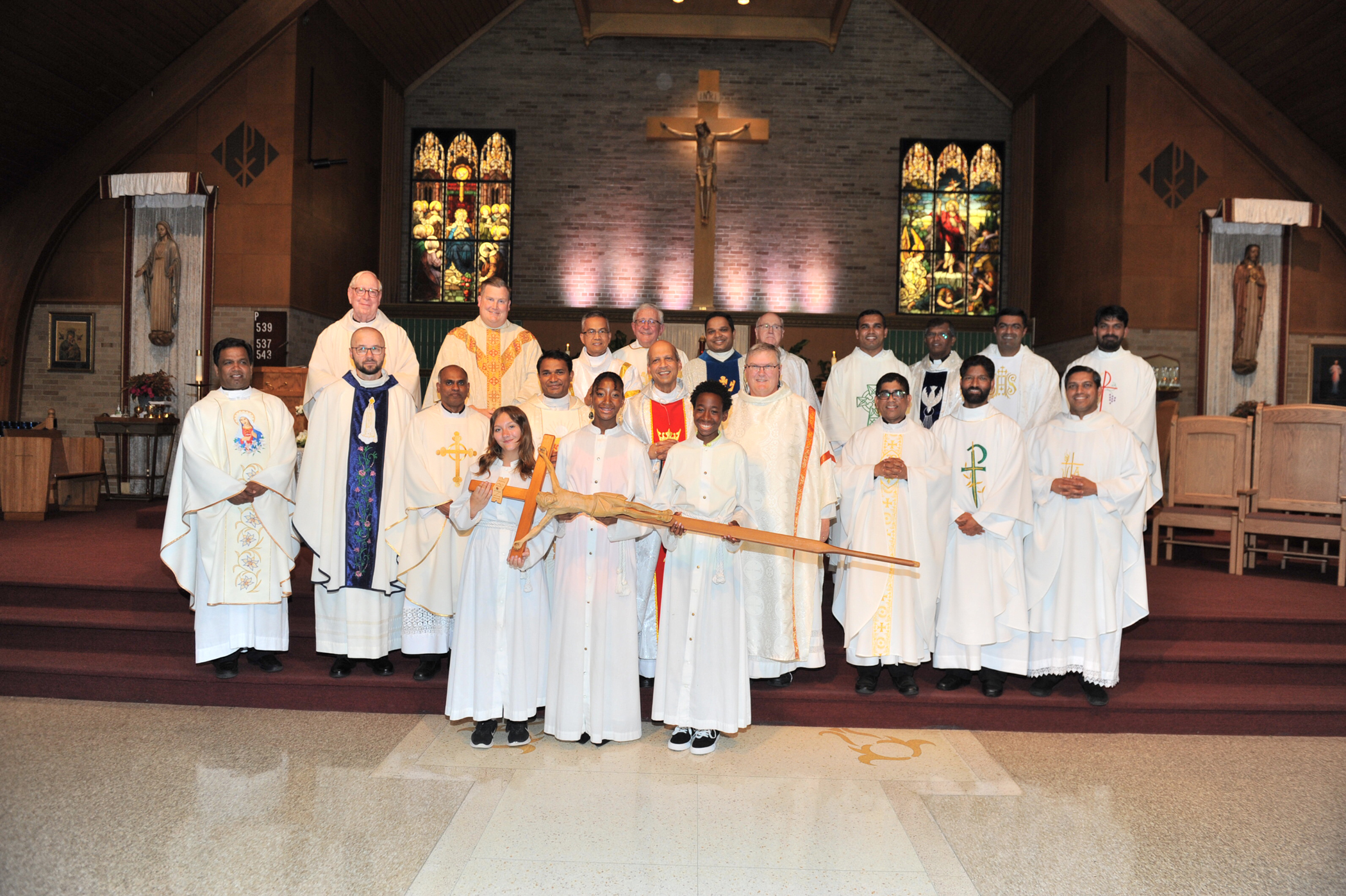Make A Gift To Your Parish
Without offertory, parishes rely heavily on online, mailed-in gifts to fund ministry. *Taken from Detroit Catholic
If you feel comfortable making an online contribution to St. Valentine Parish, please read the steps below how to make your weekly donations during this time.
The archdiocese has created an easy to use webpage, give.aod.org that will allow your gift to your parish.
Thank you for considering making a gift online to support our parish. Your gift will be credited and distributed directly to our parish.
We look forward to an end to the Coronavirus pandemic and resuming the sacramental life of the church in our parishes.

